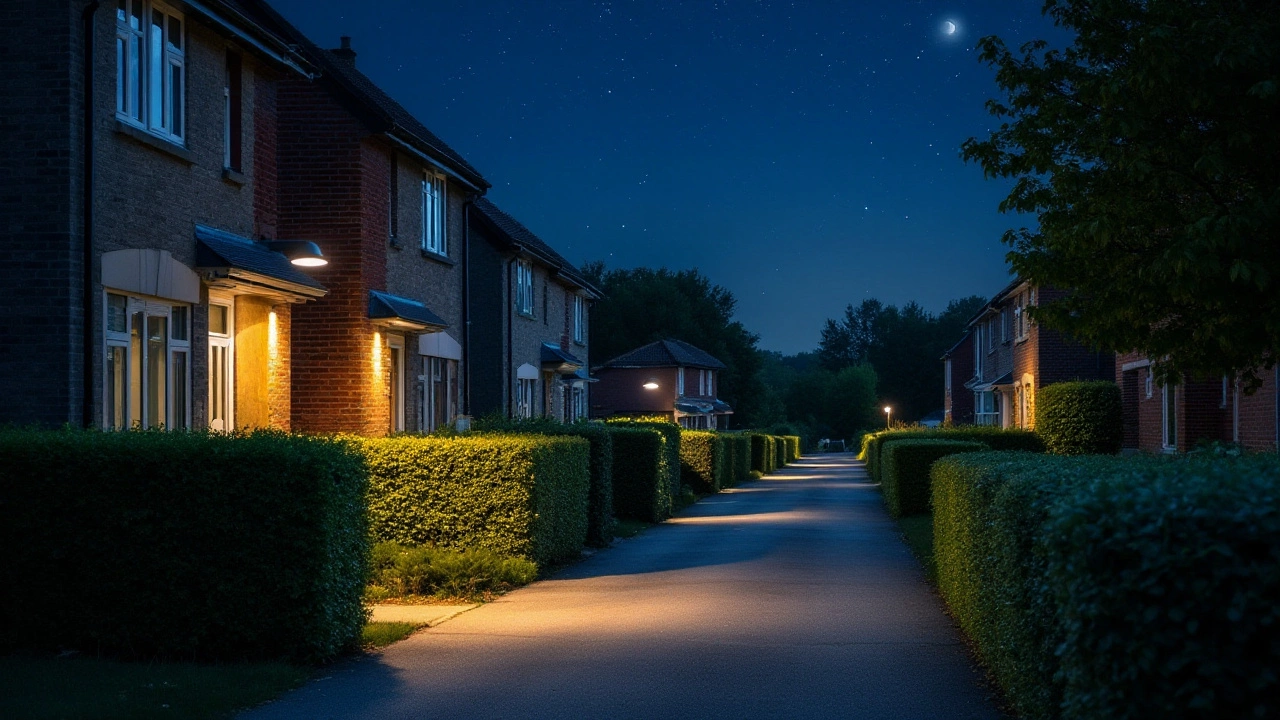Keeping your house safe doesn’t have to be a massive project. A few smart moves—like where you point a camera or how you set up a doorbell—can make a huge difference. Below are bite‑size tips you can start using today.
First off, think about where you *don’t* want a camera. Hidden corners, too close to bright street lights, or places that invade a neighbour’s privacy can cause trouble. Aim for entry points—front door, back gate, garage—and make sure the lens has a clear line of sight. If you need night vision, choose models with infrared LEDs and avoid direct glare; a little tilt can cut down on washed‑out footage.
Wi‑Fi cameras are convenient, but they’re only as safe as your network. Ditch outdated protocols like WEP and stick with WPA3 or at least WPA2‑AES. Change default passwords, use a strong unique passphrase, and keep the router firmware up to date. If you run a smart doorbell, make sure its app requires two‑factor authentication—this stops a thief from hijacking the feed.
Power outages are a common worry. Most modern cameras have a backup battery or can run off a PoE (Power over Ethernet) injector, which keeps them alive even when the lights go out. Pair that with a UPS for your router and you’ve got a solid safety net.
Pets can trigger motion sensors, especially with brands like SimpliSafe. To avoid false alarms, adjust the sensor’s detection zone or use a pet‑friendly setting that ignores movement under a set weight. This saves you from endless phone alerts while keeping intruders out.
When it comes to doorbells, wireless models are easy to install, but they still need power. If you’re in the UK and wonder whether you need an electrician, most battery‑run doorbells can be mounted without a specialist—just follow the manufacturer’s safety guide. For wired units, a qualified electrician ensures the wiring meets local regulations and avoids fire risks.
Don’t forget lighting. Floodlights switch on automatically and can deter burglars, but security lights placed too low create glare that blinds the camera. Aim for a height of about 8‑10 feet and angle the beam down just enough to illuminate the area without blinding the lens.
Finally, treat your security system like any other tech gear. Check the storage limits on cloud services—Ring, for example, stops saving video after a certain period without a subscription. If you want to keep footage longer, look for local SD card options or a hybrid cloud solution.
These quick fixes—smart camera placement, hardened Wi‑Fi, backup power, pet‑friendly sensors, and proper lighting—give you a strong foundation without breaking the bank. Start with one or two changes, test the results, and build from there. Your home will feel safer, and you’ll sleep better knowing you’ve covered the basics.

Wondering which home security system actually does the job in 2025? This article breaks down the top three picks that deliver real results. Get honest details on features, pricing, and what makes each system stand out. We’ll share lesser-known tips for keeping your home safe and look at which options are truly worth your cash. If you want straightforward advice—minus the fluff—you’re in the right place.

Deciding whether to keep your outdoor security lights on or off can be tricky. While leaving them on might deter intruders, it also raises questions about energy consumption and light pollution. This article explores both sides of the debate, offering insights into effective strategies for maintaining safety without compromising on environmental impacts. Discover practical tips to enhance your home’s security using lighting efficiently.